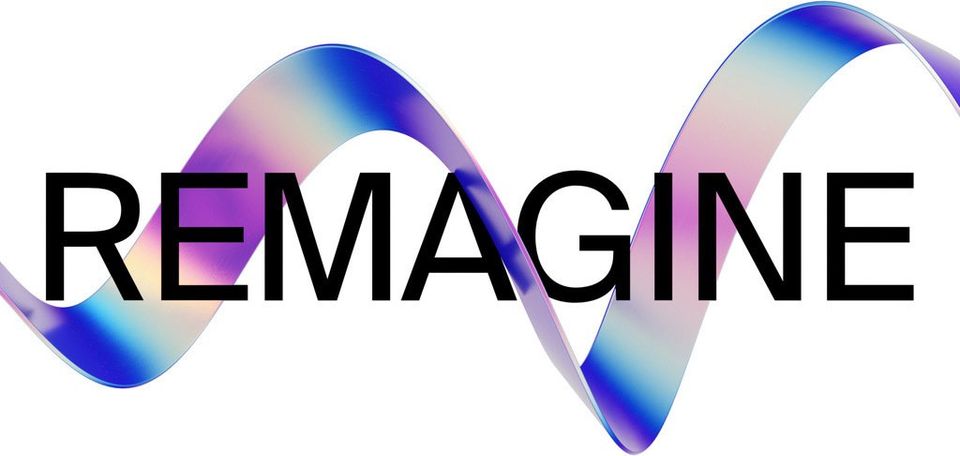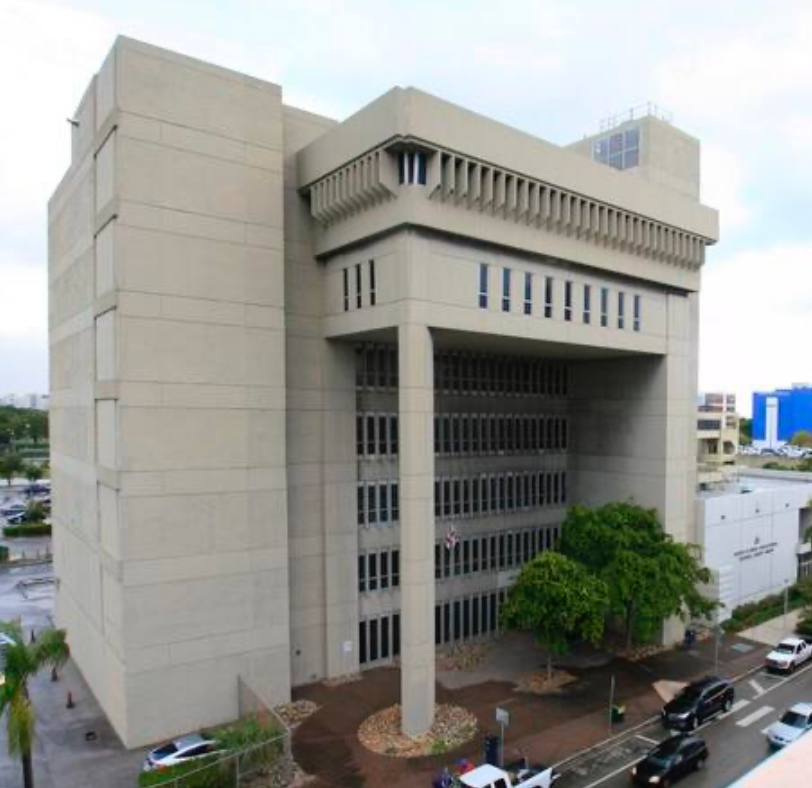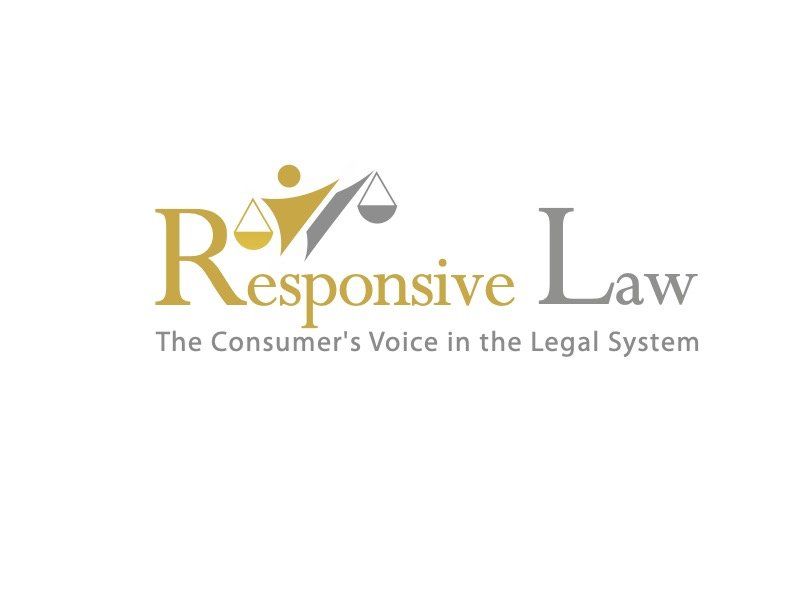Why CX innovation is the true battleground for legal services
Craig Holt • March 16, 2021
Its not the tech, its the customer experience that counts

Guest blog by Craig Holt of Remagine
- a legal tech focused CX consultancy.
I’ve been in legaltech since well before it was flavour of the month, with VC money being sprayed around as it is right now. I founded my first start-up back in 2008 - back when LegalZoom (who I would later join as Chief Product Officer) were probably the only meaningful legaltech brand around. When my start-up received £20M in funding in 2011, it was pretty much the only materially funded legaltech business in the UK market. Back then, innovation was a nicely designed contact form online. Now, everyone is looking for the latest technology development, the most advanced use of AI or blockchain technologies. In this rush to technology advancement, one thing is in danger of being forgotten - the customer.
The most important thing any legal business can focus its energies on - the only thing that truly matters - is its Customer Experience (CX). That is the differentiator the makes the difference between a successful legal service and a failed one. Now, of course, technology plays a critical role in supporting the CX but, crucially, that’s its role: subservient to, and enabling, the desired CX. Too often, the technology becomes the focus in and of itself and too little attention is paid to the customer’s interaction with it, their use of it. In the most part, the majority of superb customer experiences can be created using existing technologies. The customer doesn’t much care whether the solution you’re providing is powered by AI or a human - they just care what their actual experience is.
CX is, as the name suggests, the entire experience of the customer using your service. It extends beyond the digital world to any interaction they have with your brand. Every phone call, anything mailed out to them - all forms part of their overall CX. Get it right and you create an emotional engagement and resonance that creates exceptional loyalty and advocacy. Get it wrong and, however functionally solid the service you provide, you have missed an opportunity to capture a customer for life. There are two components to creating a compelling CX: reducing friction and adding delight.
Reducing friction is critical. Think of your customers as water flowing downstream. Every rock or hole diverts them away. Every business ought to continually analyse their entire end-to-end experience and highlight friction points that they could reduce. The challenge with this is most businesses habituate to the experience they provide and can no longer spot these points of friction. Habituation is the enemy of innovation. We all do it in our every day lives - if we didn’t we’d be permanently frustrated. It’s the people that don’t habituate to friction that make the best entrepreneurs: those that always ask ‘why’ things are a certain way. These are the people who realised that luggage would benefit from wheels or that car windscreens would work better with wipers. Everyone before these people had simply habituated to the status quo and it didn’t occur that there might be a better way.
Look at your CX through this lens. Question everything. Map the entire customer journey with every minute interaction listed out. For every single step the customer has to take, you should ask ‘why’? Every extra click or call you ask your customers to make is a point of friction. Every time you make them wait for something - friction. Not being able to immediately understand the cost of your service - friction. Your customer having to contact you to find out what’s going on - friction. Every unnecessary sentence they have to read - friction. Every additional log-in - friction. Every form they have to complete - friction. Making them sign something and mail it back to you - friction. Pay via cheque or bank transfer - friction.
There’s not a business around that can’t do a better job of reducing friction. Even the likes of Amazon continue to spend millions each year trying to reduce it down to the bare minimum (and won’t have succeeded until you can just think of an item and automatically have it ordered and arrive instantly!). How can your business approximate the ‘Amazon-like’ experience in terms of reduced friction? If you carefully analyse your end-to-end CX with this reducing friction lens, I guarantee you’ll find areas for improvement: where 2 steps could become 1, where there’s an unnecessary repetition of providing information, where something physical could be more easily handled digitally.
During my time as LegalZoom Chief Product Officer, we undertook an exercise in reducing friction of a digital experience which had been optimised for over a decade. Yet we found a number of areas where friction could be further reduced and, as a result, added double-digit millions of dollars to the company bottom line, through increased customer numbers and increased spend per customer. That’s the kind of impact a laser focus on reducing friction can have.
Adding delight is more nuanced. These range from big moments of ‘wow’ to designing every tiny transition of your digital experience to perfection. It’s about the big picture impact of your service through to a focus on every micro-detail.
In big picture terms - think deeply about the problem you’re solving for your customer. What exactly does your business exist to do? What mentality are your customers coming to your business in? The best CX comes from hitting that need head on, creating an immediate sense of relief/satisfaction in the customer: an almost prescient ability to address the exact emotion the customer is feeling at the point of engaging with your service. However well you think you currently meet that need, always be considering whether you can achieve it in a better, more impactful way.
At the other end of the spectrum, we get down to the tiniest details, which can actually add up to a huge difference in experience. For document providing businesses - how much design effort has really gone into the documents you provide? Are your contracts beautifully designed, such that they take the breath away of your customer? How about your website terms and conditions? Are these nicely formatted, perhaps with some visual explanation of their operation? Do you have motion graphics on your digital experience - if so, how do they flow? How exactly does someone access your service digitally? Do they have to log-in to a website when an always logged-in App would provide an easier means of engagement? Do you customers have to use email/phone to contact you in an era where asynchronous message exchange (iMessage, WhatsApp etc) is the norm? What weight typography are you using? What’s the spacing of your copy? If you’re just content with a nicely designed, but largely template driven website, with a ‘contact us’ form and an email address - then you’re not focusing enough on these small details.
We all know brands which nail this ‘adding delight’ element - the likes of Spotify, Netflix, Slack etc but often fail to appreciate how much time and effort has gone into the response to every single touch of a button, every scroll - all those micro-interactions build into an overall experience which just feels great to use, intuitive and, yes, delightful. This is the bar that modern legal service providers should be aiming for - not just better than their legal market competition, but up there alongside these marquee brands in terms of CX.
I don’t believe we’ve yet come close to a point where any legal service providers can stand in parity alongside these CX masters. Even the best legal service businesses, in my experience, are pretty much just functional in this respect. I see, time and time again, averagely designed websites and ‘platforms’ that look as if designed by developers - often with an endless confusion of menus and feature overload. There’s no beauty in the design. So many legal businesses spend massive sums building technology, only to invest fractionally in the design and UX - perhaps with a single junior designer responsible for the entire experience. That’s backwards. It is the design of the experience that should have primacy as it is this that the customer actually interacts with and that determines how they perceive the technology being provided through the interface.
Until legal services brands can hold their own in terms of CX alongside the big consumer brands, I’d like to see a little less racing to the next big tech advancement and a lot more focus on CX. This is where there’s real - and immediate - opportunity to transform the experience of those using legal services and those that take this seriously stand to win big amidst a sea of CX mediocrity that exists at present: especially in a marketplace where remote access of services is becoming the norm. Create a beautiful, intuitive, engaging, friction-less experience and you’ll reap the rewards - AI or no AI.
Craig is the former Chief Product Officer of LegalZoom and now CEO of Remagine, a legaltech focused CX consultancy/agency.

The Legal Tech Fund ran the best event for innovators int he legal market that I have found. TLTF 2023 was a a great opportunity to learn new things but best of all were the connections made and friends seen. These enabled new discussions and deeper debates about technology, capital deployment and liberalisation. TLTF 2024 is just one year away - I'm already excited.









